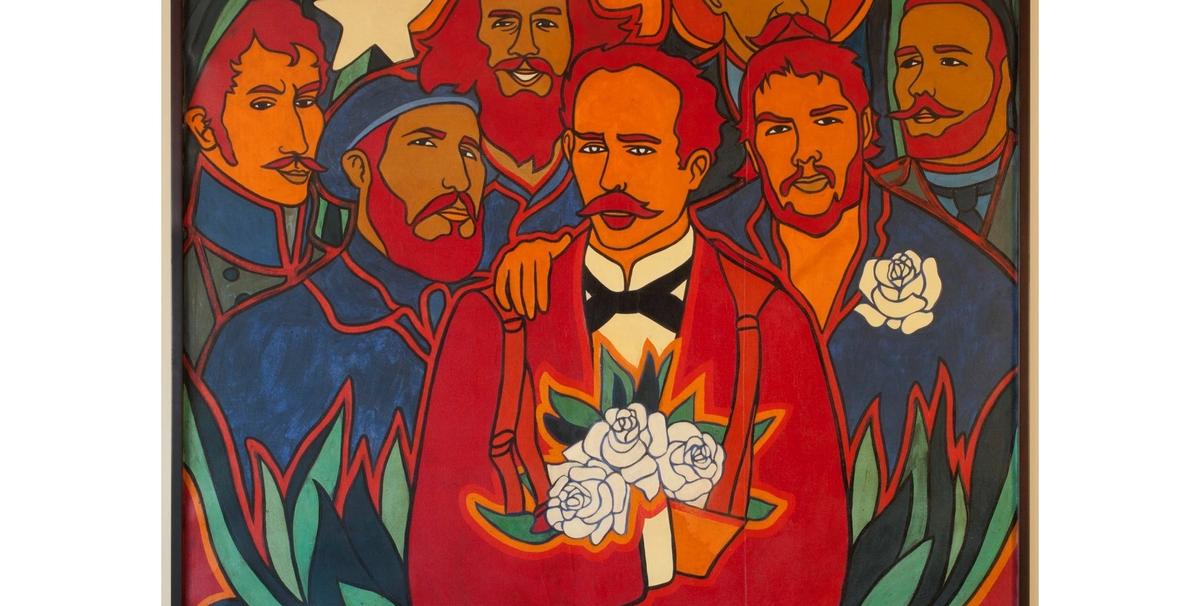Since the Obama administration re-established diplomatic ties with Cuba in 2015, interest in the island’s art has soared in the US. This month, the Museum of Fine Arts (MFAH), Houston, and the Bronx Museum of the Arts in New York are presenting ambitious exhibitions that give US audiences the opportunity to see a vast array of contemporary art from the island nation for the first time in decades.
But cultural exchange is easier said than done. The US embargo on Cuba is still in place and few planes that travel between the countries are large enough to transport art, so many of the works that the MFAH borrowed from Cuban collectors and artists had to be routed through Europe. And in order to properly crate the works, shippers had to source wood on the black market because of a shortage in Cuba.
The exhibition, Adios Utopia: Dreams and Deceptions in Cuban Art Since 1950, ultimately became so expensive that some venues that initially expressed interest in hosting it—including the Hirshhorn Museum in Washington, DC and the Pérez Art Museum, Miami—declined to participate.
Both the Bronx Museum and the MFAH were unable to secure loans from the National Museum of Fine Arts in Havana, which is one of the best repositories of Cuban art. The museum has been reluctant to lend due to fears that art might be confiscated by US officials in order to satisfy American claims to property confiscated in Cuba after Fidel Castro took power in 1959.
The Bronx exhibition, Wild Noise/Ruido Salvaje, was meant to be the second half of a reciprocal exchange with the national museum in Havana. Although the US State Department agreed to offer the museum’s loans immunity from seizure, curators were forced to look elsewhere when they were unable to finalise an agreement with Cuba.
“Even though supposedly the Obama administration normalised relations with Cuba, there are so many unsolved issues,” says Mari Carmen Ramírez, the curator of Latin American art at the MFAH. “We are the pioneers in this, but we are having to pay the pioneer’s price—testing the ground to see how far a project like this can go.”


